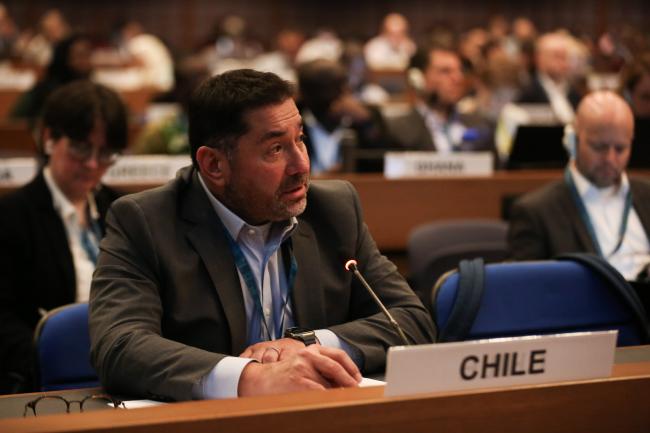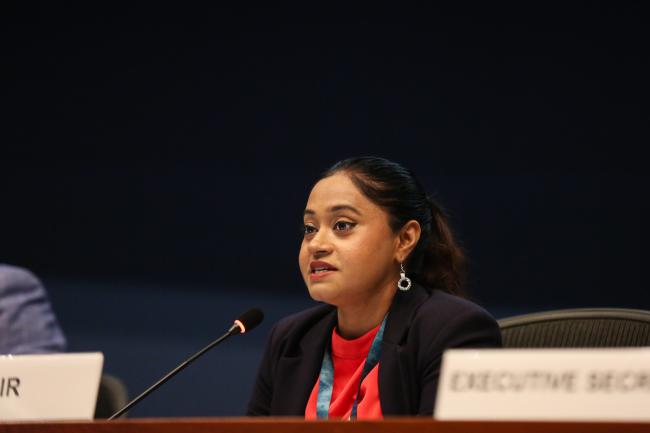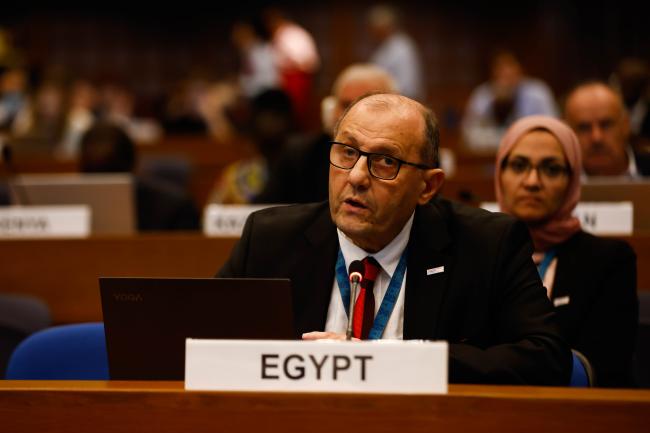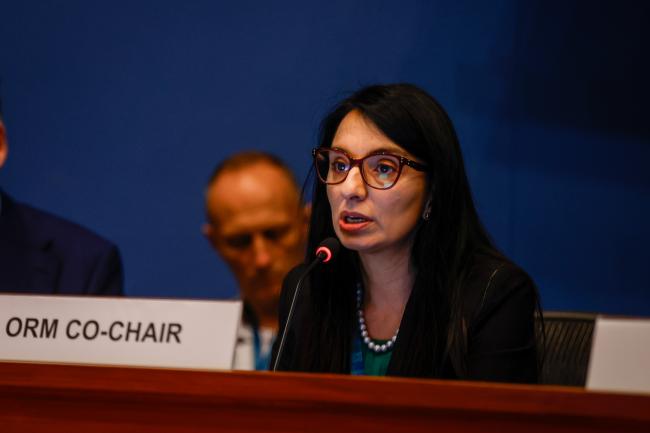The Montreal Protocol is often called the most successful multilateral environmental agreement in the world. Its compliance mechanism is facilitative, allowing parties to self-report their challenges and receive support, further propelling the Protocol’s success.
Want to dig deeper into today's discussions? Read the full Earth Negotiations Bulletin daily report.
On the second day of the preparatory segment of the thirteenth meeting of the Conference of the Parties (COP 13) to the Vienna Convention and thirty-sixth Meeting of the Parties (MOP 36) to the Montreal Protocol, the spotlight shone on the ways parties have been reporting compliance and how differences in data affect the implementation of the Convention and its Protocol.
Delegates began the day listening to the report on compliance and data reporting issues by the Implementation Committee. The practice by some parties of submitting provisional data came into focus. The President of the Implementation Committee, Osvaldo Alvarez-Perez (Chile), underlined that repeatedly submitting provisional data hampers efforts to ascertain whether parties are in compliance, and what parties need to ensure they can implement their commitments under the Protocol. He noted the Ozone Secretariat has since deleted a checkbox from the online reporting system that allowed for the submission of provisional data.
Some countries expressed concern with the way the decision to delete the checkbox was made. They underscored that submitting provisional data may need to be considered on a case-by-case basis, and called for a formal, party-driven decision-making process to ensure consistency. Others noted the submission of provisional data is inconsistent with the data forms adopted by parties. Discussions on this issue will continue in an informal group.
Delegates also opened the remaining items on the agenda, including those pertaining to the Vienna Convention. The report of the twelfth meeting of the Ozone Research Managers (ORM) focused on the need for finance and capacity building to improve understanding and accuracy of future projections of global ozone, maintaining and enhancing observation capabilities for climate and ozone layer variables, and filling gaps in atmospheric monitoring of controlled substances.
In plenary sessions, contact and informal group discussions throughout the day, parties tried to make headway on draft decisions, including:
- enhancing global and regional atmospheric monitoring;
- possible compliance deferral for Article 5, group 2 parties (Bahrain, India, Iran, Iraq, Kuwait, Oman, Pakistan, Qatar, Saudi Arabia, and the United Arab Emirates);
- emissions of hydrofluorocarbon (HFC)-23;
- metered-dose inhalers;
- reporting forms;
- strengthening Montreal Protocol institutions; and
- life-cycle refrigerant management.
They also agreed to postpone formal discussions on a new issue on the agenda concerning isomers of HFCs not explicitly listed under the Protocol.
With one more day left before the high-level segment, delegates recognized the need to pick up the pace, while ensuring the resulting decisions enable all parties to work together to heal the ozone layer and slow climate change.
To receive free coverage of global environmental events delivered to your inbox, subscribe to the ENB Update newsletter.
All ENB photos are free to use with attribution. For the 2024 UN Biodiversity Conference, please use: Photo by IISD/ENB | Natalia Mroz






































